Technological Advancements
The Tennis Ball Machine Market is experiencing a surge in technological advancements, which enhances the functionality and user experience of these machines. Innovations such as programmable settings, remote control operation, and advanced ball spin capabilities are becoming increasingly prevalent. These features allow players to customize their training sessions, catering to various skill levels and preferences. According to recent data, the integration of smart technology in sports equipment is projected to grow at a rate of 15% annually. This trend indicates a strong consumer demand for high-tech training aids, which is likely to drive the Tennis Ball Machine Market forward.
Focus on Health and Fitness
The Tennis Ball Machine Market is closely aligned with the growing global emphasis on health and fitness. As individuals become more health-conscious, they are seeking effective ways to incorporate physical activity into their routines. Tennis, being a dynamic and engaging sport, is increasingly favored for its cardiovascular benefits and social aspects. This heightened focus on fitness is expected to drive demand for tennis training equipment, including ball machines. Market analysis suggests that the health and fitness trend could contribute to a 12% increase in the Tennis Ball Machine Market over the next few years, as more players invest in their training.
Rising Online Sales Channels
The Tennis Ball Machine Market is witnessing a significant shift towards online retail channels. With the proliferation of e-commerce platforms, consumers are increasingly purchasing tennis ball machines online, attracted by the convenience and often competitive pricing. Data indicates that online sales in the sports equipment sector have increased by 20% in recent years, reflecting changing consumer shopping habits. This trend not only broadens the market reach for manufacturers but also enhances consumer access to a variety of products. As a result, the Tennis Ball Machine Market is likely to see sustained growth driven by this shift in purchasing behavior.
Emerging Markets and Demographics
The Tennis Ball Machine Market is poised for growth in emerging markets, where tennis is gaining popularity. Countries with developing sports infrastructure are beginning to invest in tennis facilities and training equipment, including ball machines. This trend is particularly evident in regions where tennis is being introduced in schools and community programs. Market Research Future indicates that the demand for tennis equipment in these areas could increase by 18% in the coming years. As more players enter the sport, the Tennis Ball Machine Market is likely to expand, catering to diverse demographics and skill levels.
Increased Participation in Tennis
The Tennis Ball Machine Market is benefiting from a notable increase in participation rates in tennis. As more individuals engage in the sport, whether for leisure or competitive purposes, the demand for training equipment rises correspondingly. Recent statistics suggest that tennis participation has grown by approximately 10% over the past few years, particularly among younger demographics. This trend is likely to continue, as tennis is often promoted as a healthy, social activity. Consequently, the Tennis Ball Machine Market is poised to expand, catering to a broader audience seeking effective training solutions.


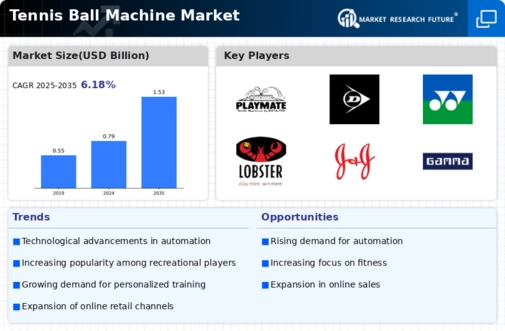
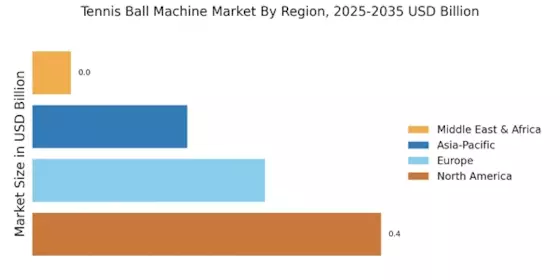
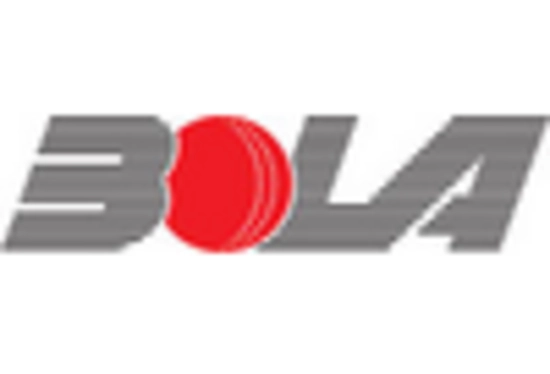
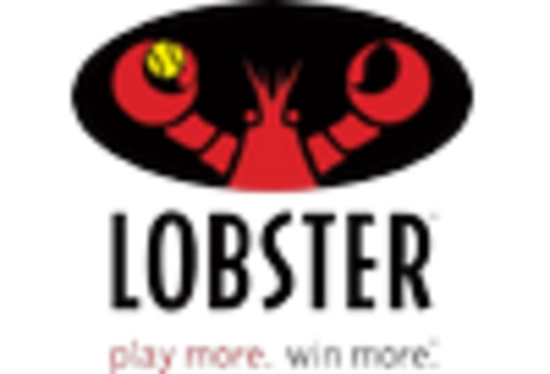
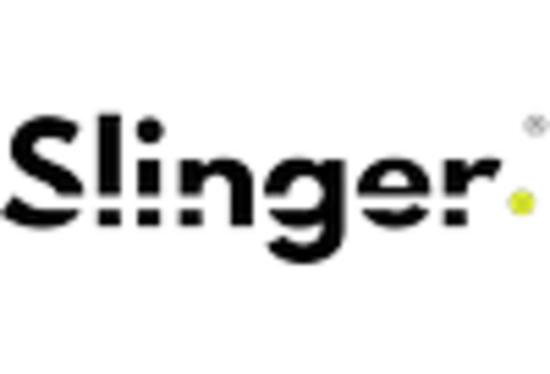
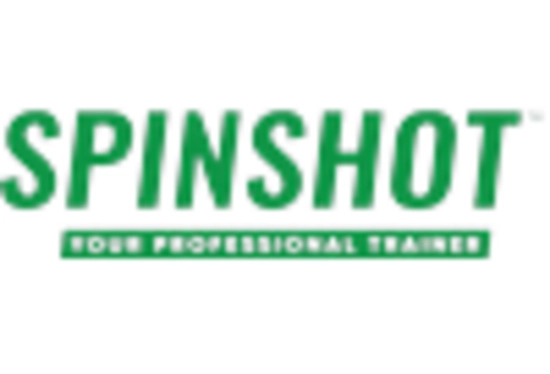
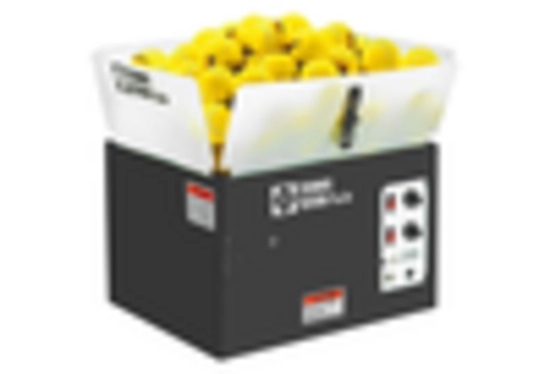
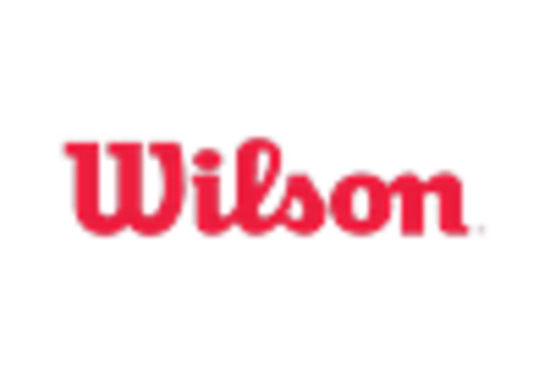








Leave a Comment